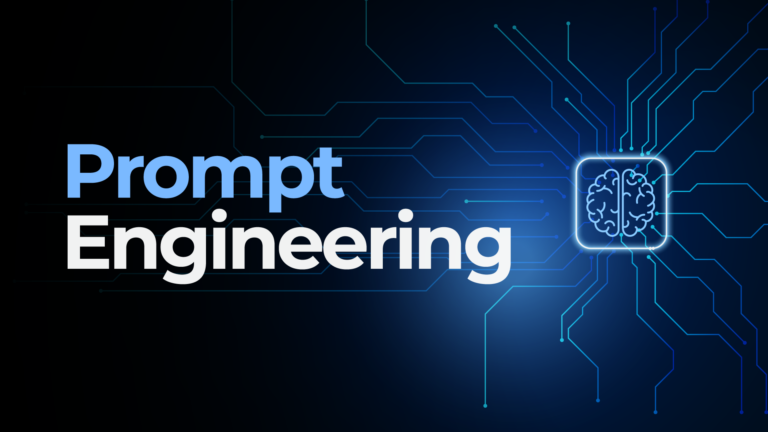It’s been 50-odd years since economist and Nobel Prize winner Milton Friedman posited the wildly controversial shareholder theory. The shareholder theory holds the view that the sole responsibility and function of a corporation is to maximise profits. If the business executive acts in ways that does not maximise returns for shareholders, they do so at the expense of customers, employees and, ultimately, the shareholders. That is quite the opposite of today’s ESG, of which “S” recognises the presence of social gaps.
Friedman’s shareholder theory has been criticised for granting corporations too much room to shirk social responsibility. While marketing used to focus on increasing sales and profit, marketing in the age of ESG sees significant communications about filling social gaps through philanthropy and community service.
Standing for environmental, social, and corporate governance, ESG is a framework that helps corporations and their stakeholders evaluate risks and opportunities around sustainability. These concern the environment and the potential longevity and effectiveness of the business. While it seems the media and public are quickest to jump on stories of corporations choosing to commit to environment conservation, it is worth paying attention to the social fronts.
The S in ESG
“S” represents the social gaps of ESG. Broadly, it refers to matters like a company’s labour practices, talent management, product safety, data security and efforts of giving back to the community. Accounting for social gaps of ESG goes beyond affecting a company’s financial performance short- or long-term. Its value also lies in nurturing talent, protecting rights, and taking care of human needs to create a safe, productive and inclusive work environment for both employer and employee. Even further, where the consumer and other stakeholders such as suppliers and society at large are concerned, the value of “S” is putting humans at the heart of business.
Around the world, who cares about what?
Walmart, in 2019, following 2 deadly shootings at 2 of its stores, moved to stop the sale of certain guns and ammunition. This appeased consumers and employees after both groups had pushed for the retail giant to take a stance. The potential monetary gain for making its stores and larger society a safer place for all is also that investor sentiment will likely improve among those seeking to invest in more socially responsible ways.
Companies also look within to fill social gaps; Nike is one of them working on Diversity & Inclusion. In 2020, Nike introduced a Juneteenth learning initiative and an Unconscious Bias Awareness training programme. These were done in hopes of achieving greater understanding of racial equality. Besides declaring 19 Jun, i.e., Juneteenth, a paid company holiday, the 40-bil.-in-revenue company also held a fortnight-long programme. The aim was to have employees learn about black history and culture, putting into practice their support for Black Lives Matter. Nike also put in place a 5-year plan as part of efforts to commit to a more diverse workforce. Targets include 50% representation of women, and 35% representation of racial and ethnic minorities in their corporate workforce by 2025.
In Asia, who has set an example?
Closer to home, in China, we learnt that Fosun International, has fared brilliantly under the ESG framework. It was 1st a pharma titan and now a conglomerate pulling its weight in myriad industries. They incl. healthcare, finance, travel and leisure, tech, manufacturing and real estate. Its subsidiary company Peak Reinsurance, for instance, operates based on the ethos of protecting human interests. It constantly seeks to effectively close social gaps typically neglected by the industry. It meets the needs of customers and communities through meticulously designed products. In emerging markets, Peak with agricultural insurance solutions protects farmers from loss of income when disaster strikes. At the same time, Peak’s solutions ensure food safety for communities that these farmers serve.
Fosun, through its subsidiaries like Peak, continues to leverage its large business ecosystem and sprawling networks. It contributes to social gaps and develops the community. Its other welfare efforts include tackling the pandemic, flood relief, the Rural Doctors Programme, and fostering education, culture and entrepreneurship.
S deserves more airtime in the news
Without downplaying the severity of the climate crisis, social gaps do deserve media and public attention. It is ultimately people who drive businesses and set rules of governance. While those who put “solutions” to social gaps under the microscope examining which social risks are measured, investors typically focus on the ones that can jeopardise a company’s financial performance. Heartening to learn is that in Europe, regulators have been pressuring for companies to disclose their impact on society too, beyond the P&L.
Whether for investment or revenue, the effect of filling social gaps is the betterment of real people’s lives. We ought to get to work. And double up.






